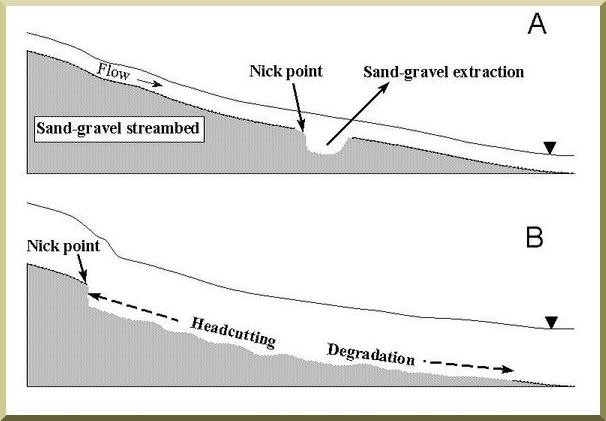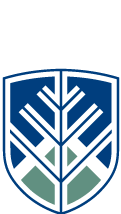Background
Geomorphology is the study of the surface forms on earth and the processes that developed the forms (Stream Corridor Restoration, 2-15). More specifically, hydrologic processes leading to the formation of watersheds, channels, and floodplains drive geomorphology. A commonly occurring channel formation, known as a “headcut,” is displayed below in Figure 1.

Figure 1: Channel Headcut (threeissues.sdsu.edu)
As can be seen above in Figure 1, a headcut originates from small hole or “nick point” in the channel bed leading to an upstream migrating cut in the channel, as well as increased downstream degradation. Causes of headcuts vary from the occurrence of natural hydrologic events to land development. A common result of a headcutting stream is an entrenched channel characterized by steep unstable banks. Restoring a channel to its natural state is an important aspect of civil and environmental engineering. Channel restoration can enhance bank stability, water quality and overall habitat integrity. Using proper techniques, riparian zones can be restored to improve the quality of life for native flora and fauna, and to increase channel functionality.
 Schultz Creek Restoration Project
Schultz Creek Restoration Project